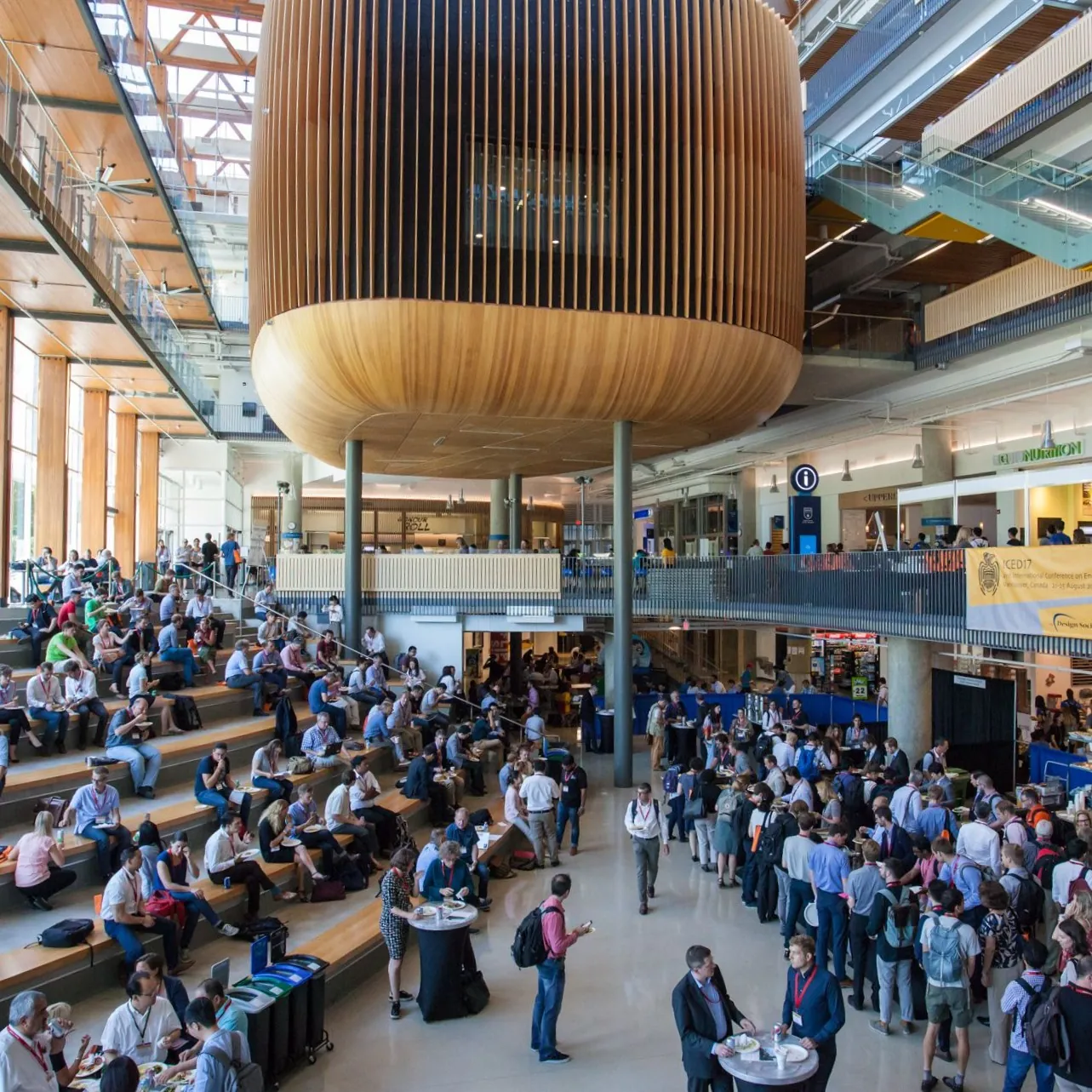Become part of a vibrant global community dedicated to advancing design knowledge and practice. As a member, you’ll gain access to exclusive resources, cutting-edge research, professional networking opportunities, and discounts on events and publications. Whether you’re a student, professional, or academic, joining the Design Society empowers you to make a greater impact in the field of design. Together, we innovate, collaborate, and shape the future of design.
Join UsJoin the Design Society to access a global network of design professionals, exclusive resources, and career opportunities. Enjoy discounted access to leading journals, conference proceedings, and events like ICED. Engage with Special Interest Groups (SIGs), collaborate on cutting-edge topics, and enhance your skills through workshops and webinars. Membership also includes access to our knowledge hub, job board, and awards programs, while staying informed with the latest trends through workshops, webinars, and much more.




